I've just come across a great post by @theferalone about vermicomposting! That's perfect timing, as I was planning to do a post about our experience with red wrigglers. In a small condo, in a big city, on a micro balcony!
As I don't want to just repeat what's been very nicely explained in the post linked above, I'll assume you've already read the post. I also would like to apologize for the lack of photos, but unfortunately that part of our archive was lost!
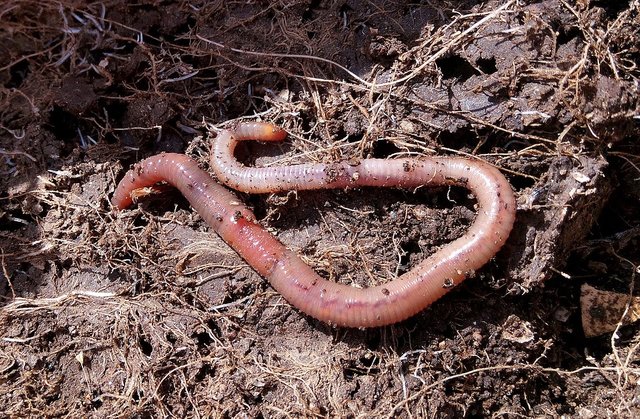
The worm bin
As we researched our options, it became apparent that all ready-made bins are imported and super expensive around here (think a minimum monthly wage). So we had to make our own, a very simple one. We used two plastic buckets of about 2 gallons that fit inside each other. Those can be found for free (second hand), or bought very cheaply.
The bottom one collects the "soup" or "tea" as it is called - the liquid from the dissolving food scraps. After all, most fruits and vegetables have a high water content (the cucumber, as much as 95%!), so all this water has to go somewhere! This liquid has the tendency to get smelly fast, especially in the summer, so we emptied the bottom bucket almost daily.
The top one is where the worms live and where we dump our food scraps. It has holes drilled in the bottom, so the water can drip down. This bucket also has a lid to keep fruit flies and other insects out and potential smells - in.
After the top bucket fills up, we just scoop the top 10 cm (4 inches) of the contents - usually the freshest food scraps with the highest concentration of worms - and put it in another bucket with holes in the bottom.
The remaining material can be used right away in the garden, even if it's wet and sometimes will have bits and pieces in it. Drying it out and sieving it is much more time and space consuming than just dumping the bucket in a vegetable bed and spreading it on top.
The worm food
If you have the time & space & resources, it's best to make a large worm bed in the garden and just use that space as a general composter. However, at the time we had the red wrigglers, we did not even had a garden of our own! We lived in a urban condo with a small balcony.
At some time in the first year of having the worms, it became apparent that the scraps we put for them are too large. Before they started eating, it sometime took 2-3 weeks for the food to pre-de-compose (just made that term up!). It makes sense - in nature, plenty of other inhabitants of the soil and the surface layer process the organic matter before it becomes food for the worms.
The negative side effect of that was it took a whole summer to fill a bucket with worm castings, the process was very slow. We generated a lot more scraps than the worms could process, so their bucket sat full for long periods of time. And we had to throw away food scraps.
So what we did is a simple experiment. We blended all the scraps before putting them in the bucket. And we observed what happened daily. The difference was huge! The "scrap smoothies" as we used to call them were attracting the worms from day one!
The next thing was to get a very cheap second hand blender for a few bucks and just dedicate it to scrap smoothies. We'd stuff scraps in the blender all day and after dinner just blend the lot and pour it in the bucket.
This way, the worms worked much faster and by the time we filled the bucket to the top, the bottom part was already fully processed. Also, almost no bits and pieces of food were to be found in the finished product, except for eggshells.
Final thoughts
We've since moved on and a few years ago just let the whole population of our worms loose in the slow compost heap. By the looks of it, they still thrive in there! But I still wanted to share our experience, as I feel having a vermicompost system in the city is quite doable. What do you think?
The only real problem we've had was winter time, as we did not had a suitable place indoors to keep the worm buckets. If you do have such a location, your wrigglers can and will work the year around. Otherwise they just hibernate (or die, if temps are near freezing) and in spring from the pre-laid eggs hatch a whole new generation.
Thank you for reading! I'd like to wish you all a very happy, healthy and bountiful new year!
Your post has been discovered by @livesustainably I manage the#livesustainably tag.
@Livesustainably promotes and curates content that encourages and educates others in living sustainably.
At this time, as it is a new tag I am looking in in other channels. In the future you should post with the livesustainably tag so that you can get upvotes and curation from me. To find out more see my introductory post.
Downvoting a post can decrease pending rewards and make it less visible. Common reasons:
Submit
Thank you, will do!
Downvoting a post can decrease pending rewards and make it less visible. Common reasons:
Submit
Worm smoothies sound like a great idea! I didn't want to use my nice vitamix, and chopping the scraps up took more time than needed. I throw the scraps as is, somethings they eat fast and some, like you said, take a while to break down. If I see a cheap blender at a second hand store, I'll be sure to snatch it up and give it a try. It's fine now, but would be nice to speed the system up a little bit during the growing season.
Downvoting a post can decrease pending rewards and make it less visible. Common reasons:
Submit
We're constantly on the lookout for cheap blenders, as we're using them in our quick-and-easy handmade paper making workshops with kids, so we usually have at least 2-3 non-food blenders around.
And blending really speeds things up not just for the worms, but also for the drainage of the fluids. Before we started blending, the ready material was always super wet, you can squeeze water out of it (granted, we probably added not enough carbon material, but still). The smoothies allowed for a quicker draining and a dryer vermicompost. We still had to add some "brown" material though - we used leaf mold, as it is readily available in a nearby semi-wild park.
Downvoting a post can decrease pending rewards and make it less visible. Common reasons:
Submit
Where would we be if not for the worms? I wish more people appreciated them, and their importance as soil builders. I wish to have an intimate relationship with earthworms...
Downvoting a post can decrease pending rewards and make it less visible. Common reasons:
Submit
You're right! We're teaching our kids to appreciate worms, contrary to the popular dogma that the worms are something dirty and disgusting.
Downvoting a post can decrease pending rewards and make it less visible. Common reasons:
Submit
Great job. Much better than encouraging them to use smartphones and video games, but not easy to do.
Downvoting a post can decrease pending rewards and make it less visible. Common reasons:
Submit
@bobydimitrov Worms are the best small scale composting solution around. Props to you for making the urban life a bit more sustainable and connected to nature and the cycles that keep us alive and well!
Downvoting a post can decrease pending rewards and make it less visible. Common reasons:
Submit
Cheers mate! Those little red wigglers are happily living in the compost pile now, but still I felt I had to share our experience for all those that still don't have a garden!
Downvoting a post can decrease pending rewards and make it less visible. Common reasons:
Submit
Hi @bobydimitrov. About the "scrap smoothies". As I saif below I wanted to try it to myself. And today: tadaaa:
Scraps from breakfast and lunch:
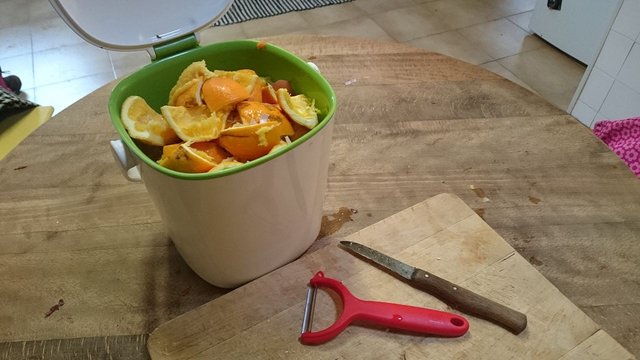
Scraps go to food processor:
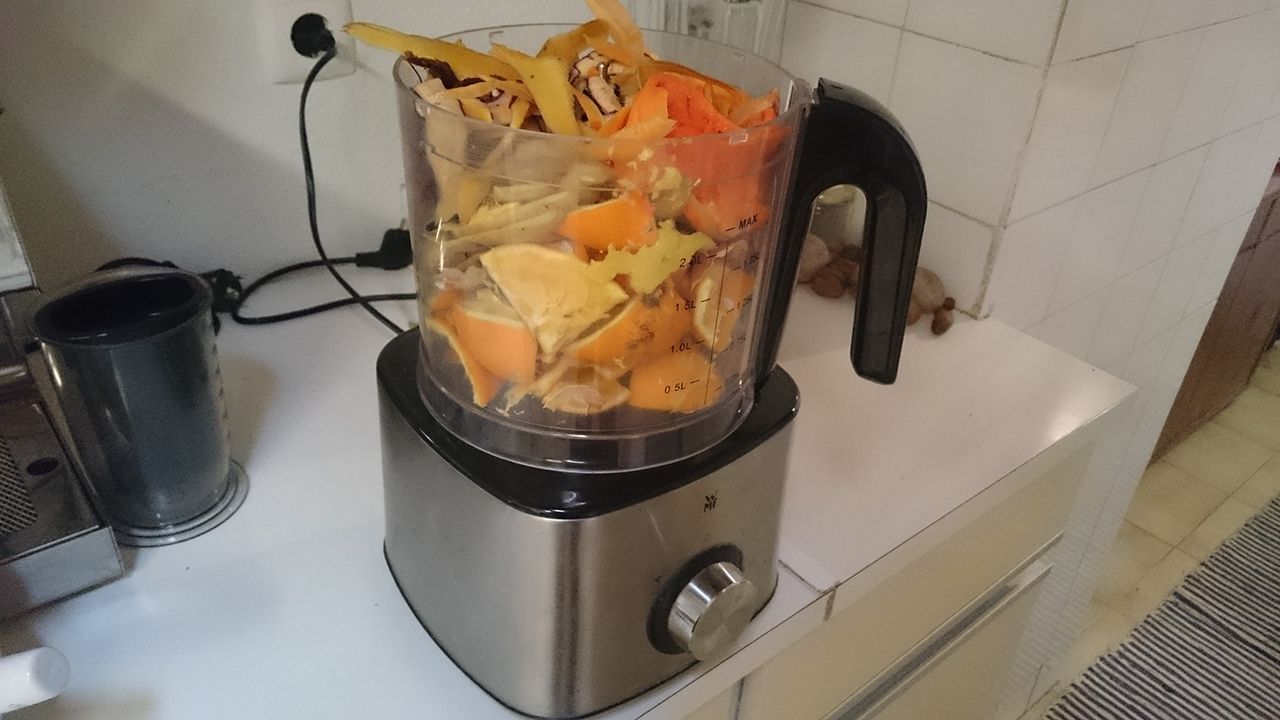
Scraps after being processed to a pasty substance "scrap smoothie":
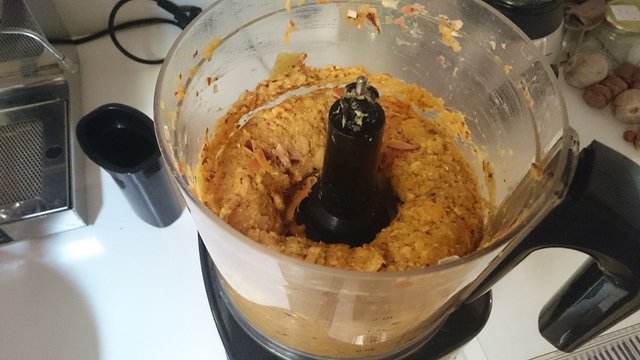
"Scrap smoothie" applied to hungry and neglected worm-bin:
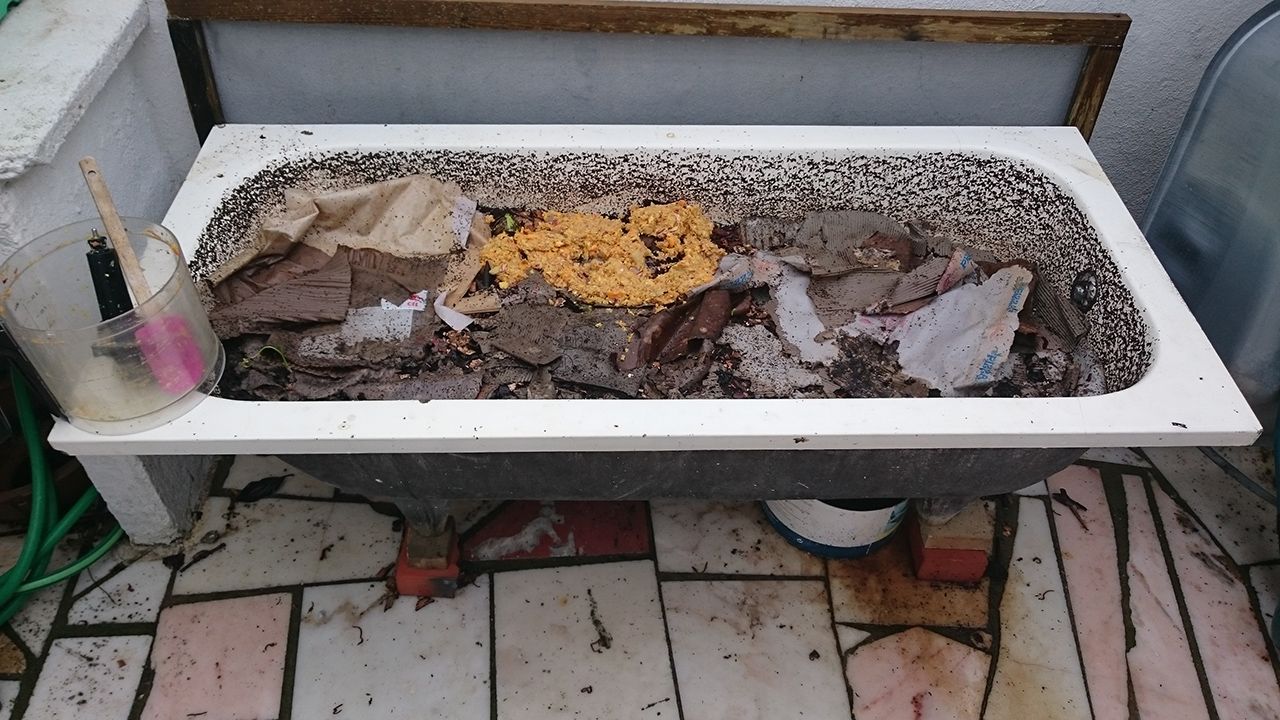
Close-up:
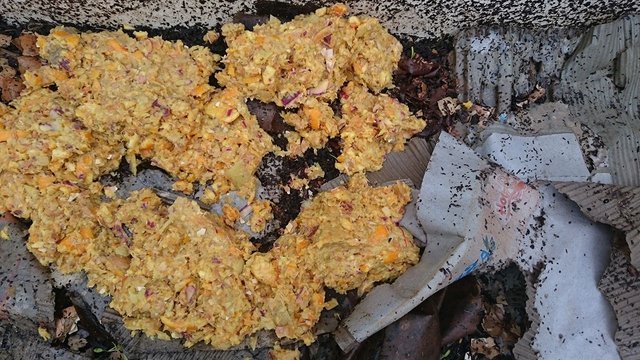
Fresh cardboard and done:
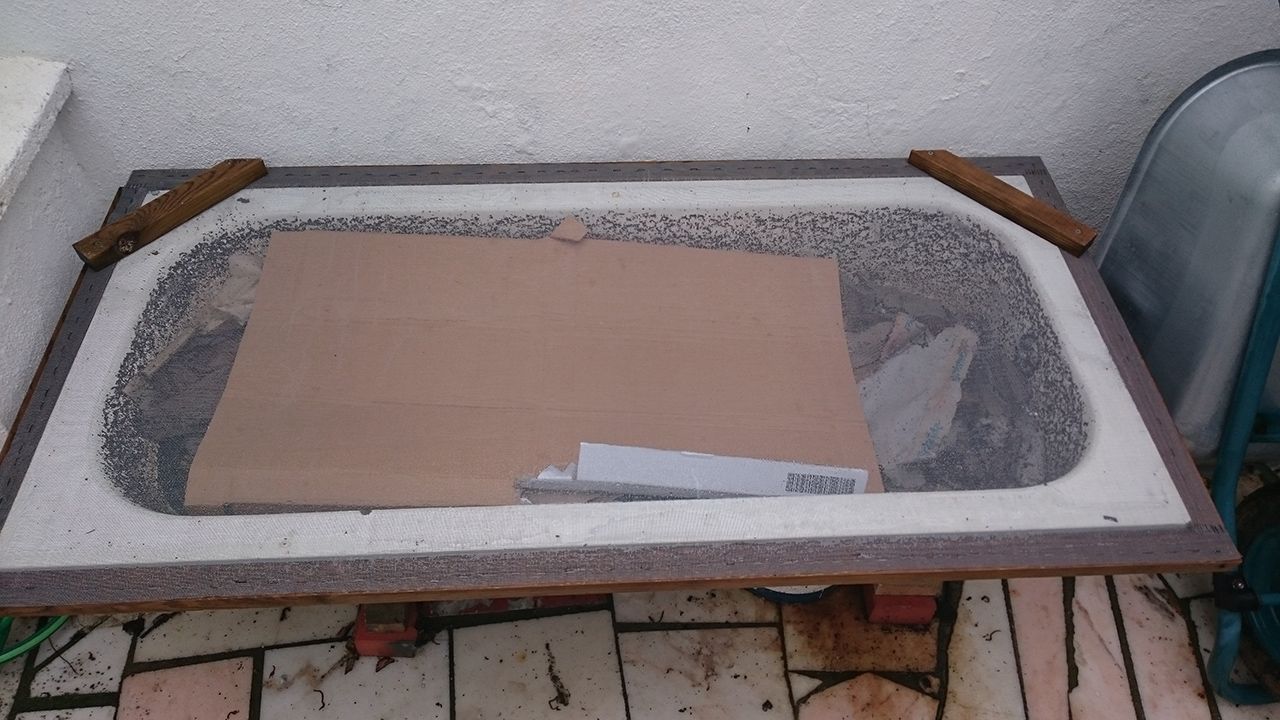
I excited and somewoh it wakes sence to make food muck for workms. They definitely don't have teeth to bite into things! ;)
Downvoting a post can decrease pending rewards and make it less visible. Common reasons:
Submit
Great work! What I really love is that you're using bathtub for a worm bin! You can just put a bucket underneath it and collect the worm "tea", you'll just need a fine mesh screen on the hole at the bottom!
Downvoting a post can decrease pending rewards and make it less visible. Common reasons:
Submit
You dont see it in the photo, but there is a bucket and tubing with fine mesh ;). Thanks @bobydimitrov.
Downvoting a post can decrease pending rewards and make it less visible. Common reasons:
Submit
I gotta start looking for old secondhand bathtubs, seems like a nice setup, are you happy with it?
Downvoting a post can decrease pending rewards and make it less visible. Common reasons:
Submit
Really happy. I just have to keep the rain out during the wet season... The worms are quite unhappy about it, when it pours rain ontop of their home, they all come crawling out at night and want to leave. Also I have to make a better vetilation. A slotted drain-pipe sticking out at eather end should do it.
Downvoting a post can decrease pending rewards and make it less visible. Common reasons:
Submit
Great idea with the blender. I read about it in some piece about worms on the net, when I was researching for our worm farm that we started in late 2016 but completely forgot about the "scrap smoothies".
We decided for a small reclaimed bathtub solution, as we had a little more space (courtyard instead of balkony). Never blended our selves, but always cutted the stuff in nicely small bits and pieces by hand. But I will defenitely give it a try.
Downvoting a post can decrease pending rewards and make it less visible. Common reasons:
Submit
@originalworks
Downvoting a post can decrease pending rewards and make it less visible. Common reasons:
Submit
The @OriginalWorks bot has determined this post by @bobydimitrov to be original material and upvoted it!
To call @OriginalWorks, simply reply to any post with @originalworks or !originalworks in your message!
Downvoting a post can decrease pending rewards and make it less visible. Common reasons:
Submit